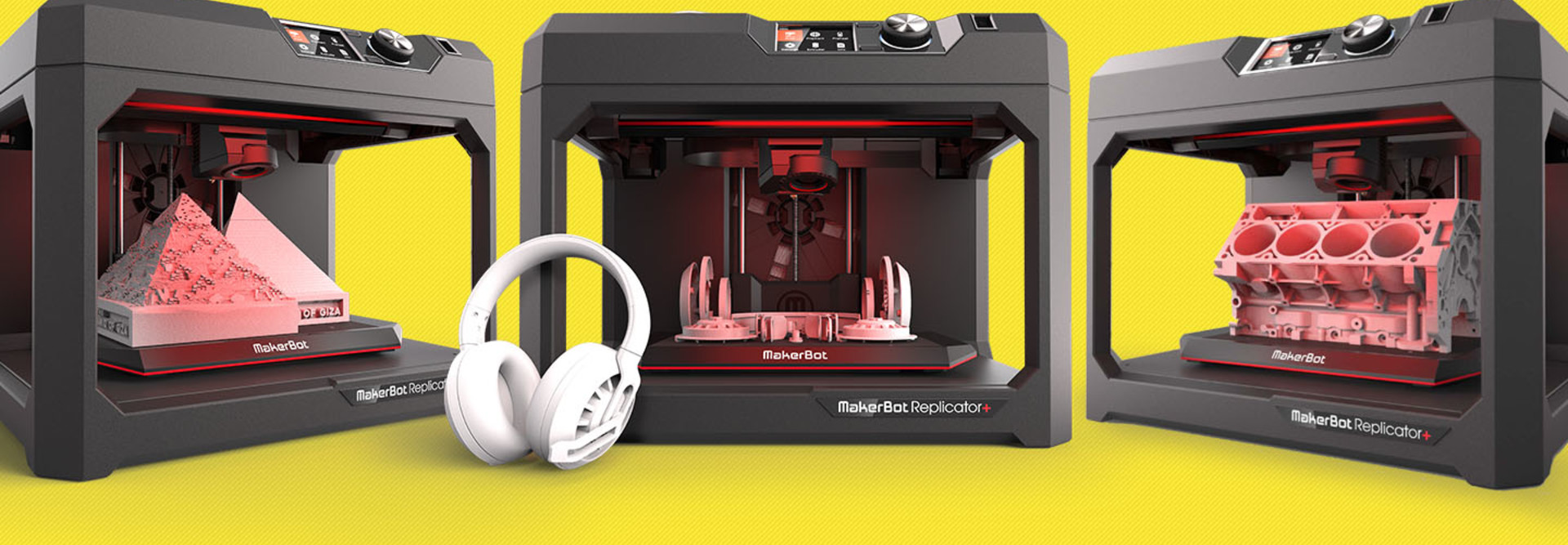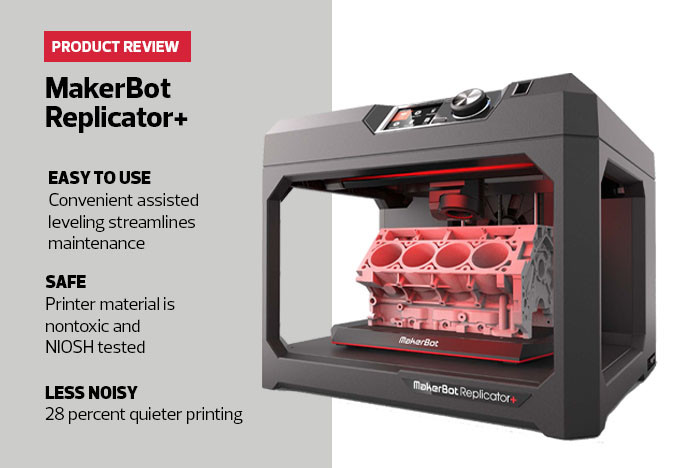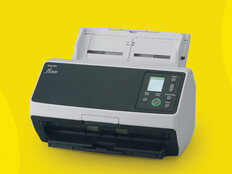Give Students Freedom to Dream and Create
For nearly a decade, I’ve made 3D printing technology available in my classroom. My first printer, which I got in 2012, was a MakerBot Replicator 2. I knew printouts from this machine would ignite my students’ creativity.
Over the years, I’ve assigned various tutorials and required students to design and print specific objects, but lately that’s changed. Last year, I started giving my students the freedom to design their own projects, and I’m discovering they’re more engaged than ever before. They’re also more eager to learn, because it’s more meaningful when the learning applies to projects they actually want to make.
I still provide direct instruction, but now I allow a lot more time for them to work on their own projects. With a few exceptions, I let them print anything they can dream up.
READ MORE: Learn about the benefits of using 3D printers in modern learning environments.
For example, one of my middle school students wanted to make Luke Skywalker’s lightsaber. After sketching each part on paper, along with precise measurements, he designed each part using Tinkercad by Autodesk, a free, online 3D modeling program that runs in a web browser and is known for its simple interface and ease of use. Once all his pieces were ready to be printed, he downloaded the STL files into MakerBot Print, MakerBot’s new desktop application that allows you to prepare, manage and monitor 3D prints. About two hours later, his parts were finished. He took them home and painted some pieces black, some gold, and the rest he left gray. He assembled his pieces onto a 12-inch-long piece of PVC pipe I had laying around in my shed, and for a few cents of filament, had himself a very attractive piece of movie fan art.
This is just one of the many projects that go on in classrooms like mine all around the country when teachers let their students learn by doing. The best part is that my students are doing this on their own time, completely unrelated to homework in the traditional sense, and yet some of my students will spend countless hours working on their own personal 3D modeling projects. Why? I believe it’s because their creativity is ignited.
When students are encouraged to dream, explore, play and make, you can’t stop them. This is what can happen when we provide students with the tools and opportunities to create — tools like the MakerBot Replicator+.
SPECIFICATIONS
CONNECTIVITY: USB, LAN, USB host, Wi-Fi (n)
MAX BUILD SIZE: 11.61x7.68x6.5 inches
MIN LAYER THICKNESS: 2.54 milli-inch
BUILD MATERIALS SUPPORTED: Polylactide
INPUT FILE FORMATS SUPPORTED: OBJ, STL and more
WEIGHT: 40.34 pounds












